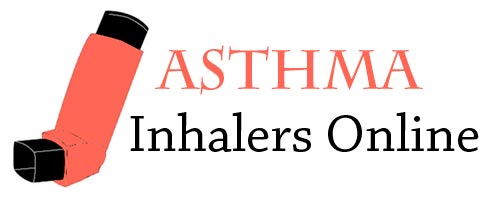Results of Terbutaline in the Treatment of Acute Asthma in Childhood
Of the 48 patients, 24 received terbutaline, and 24 received epinephrine. The average age of the group receiving terbutaline was nine years (range, 4 to 16 years) and of those receiving epinephrine was seven years (range, 2 to 13 years). Appreciable clinical improvement was noted in 19 of 24 patients in both groups and was of comparable magnitude. All of the patients were grouped into four subgroups, those receiving one injection of terbutaline or of











